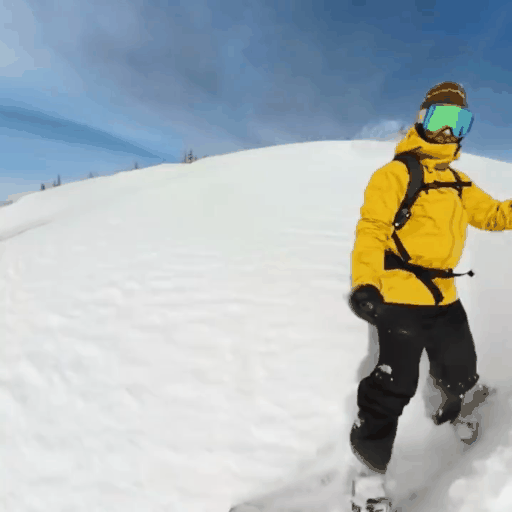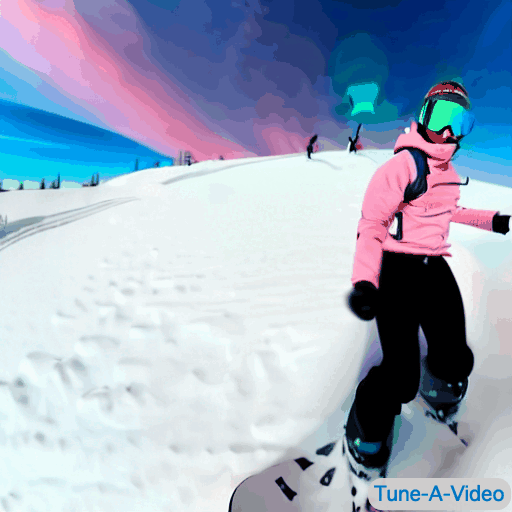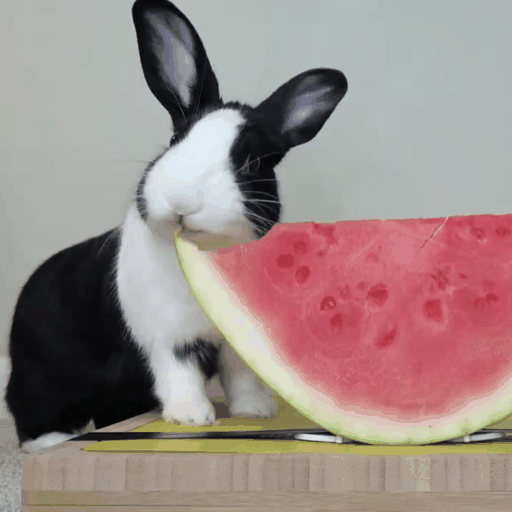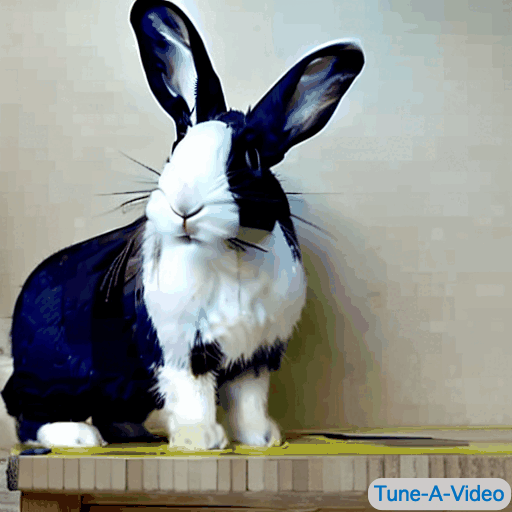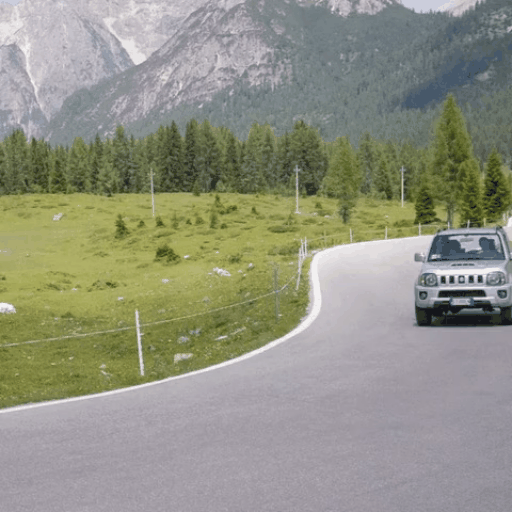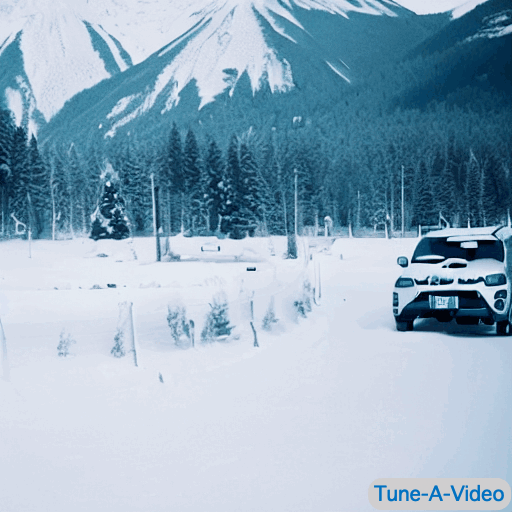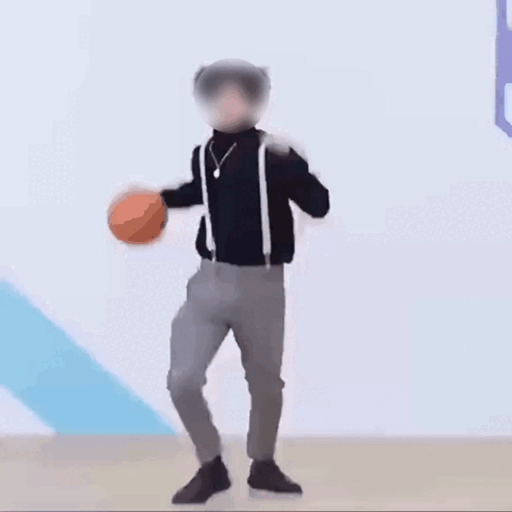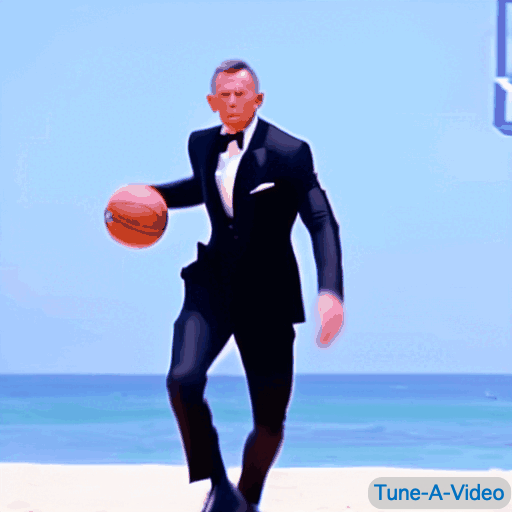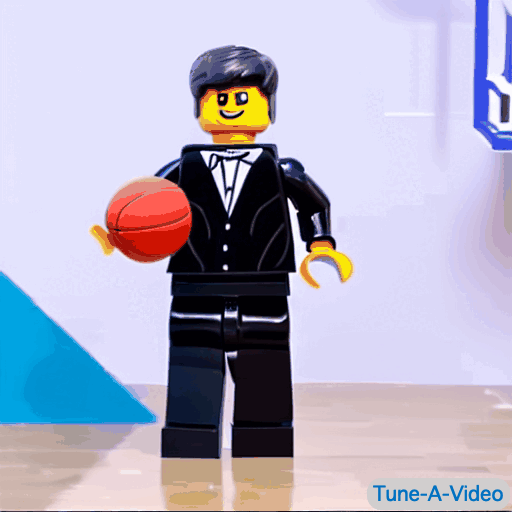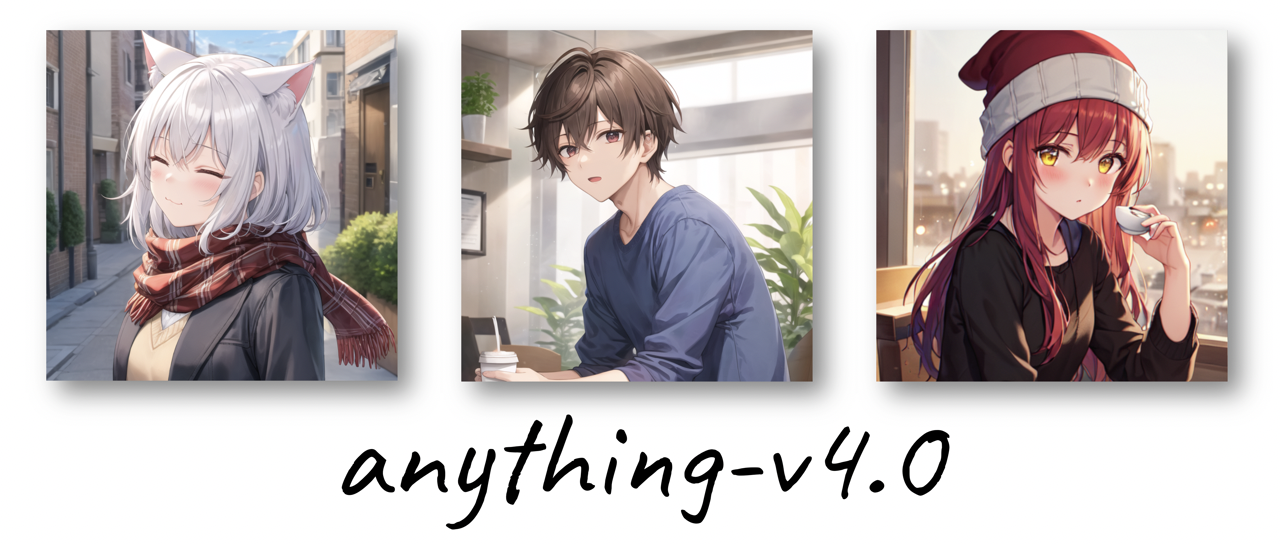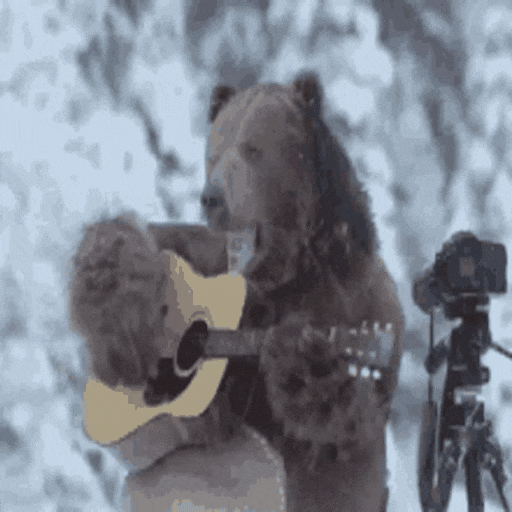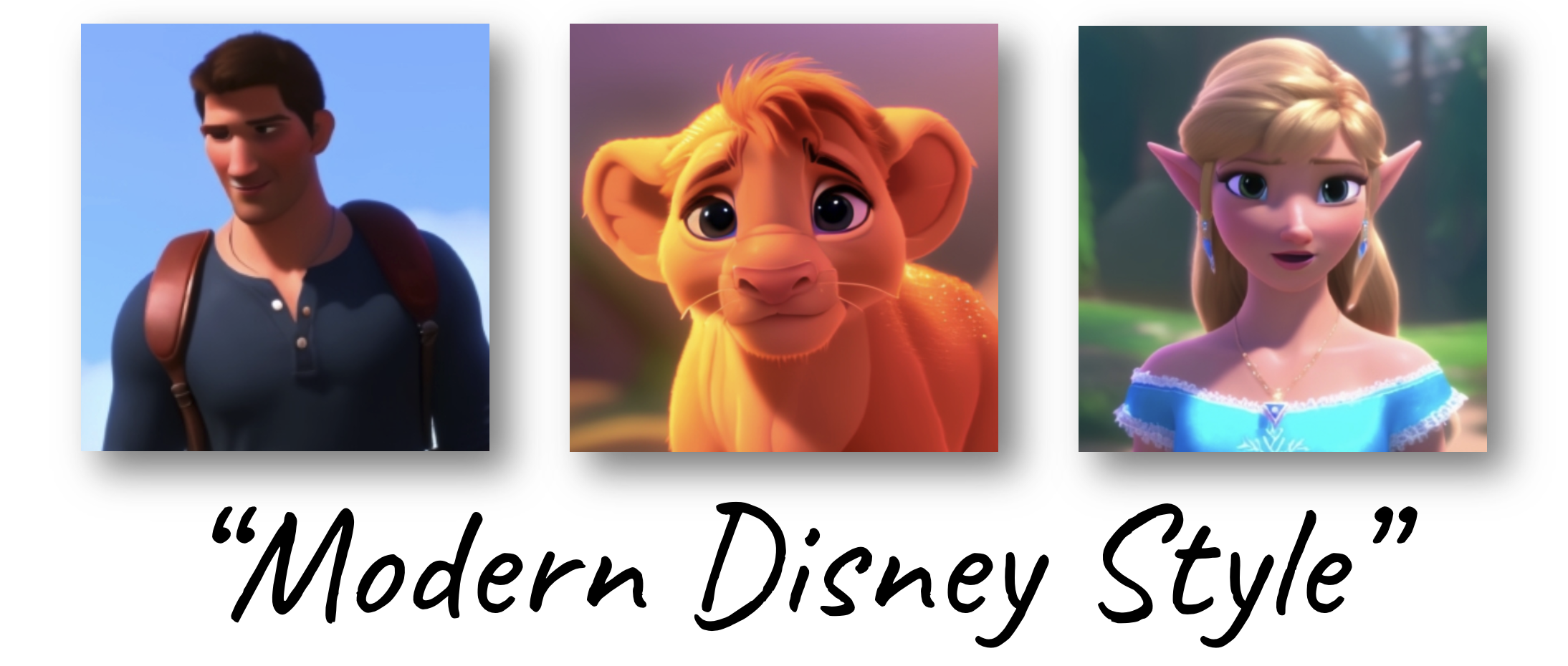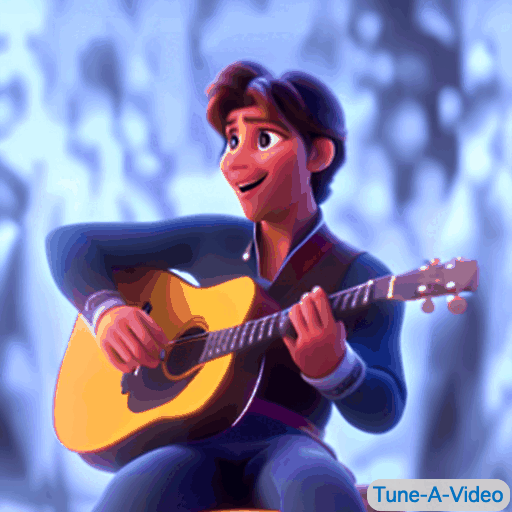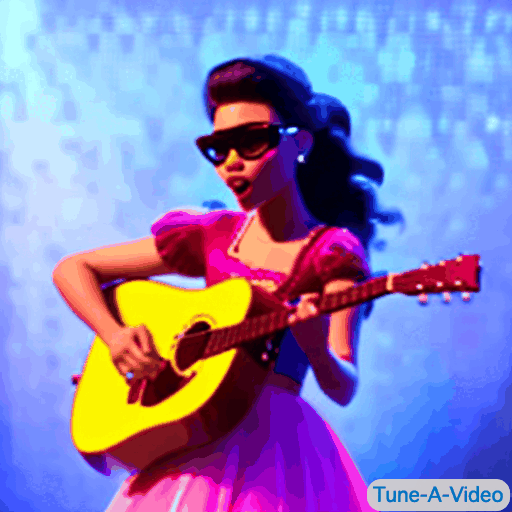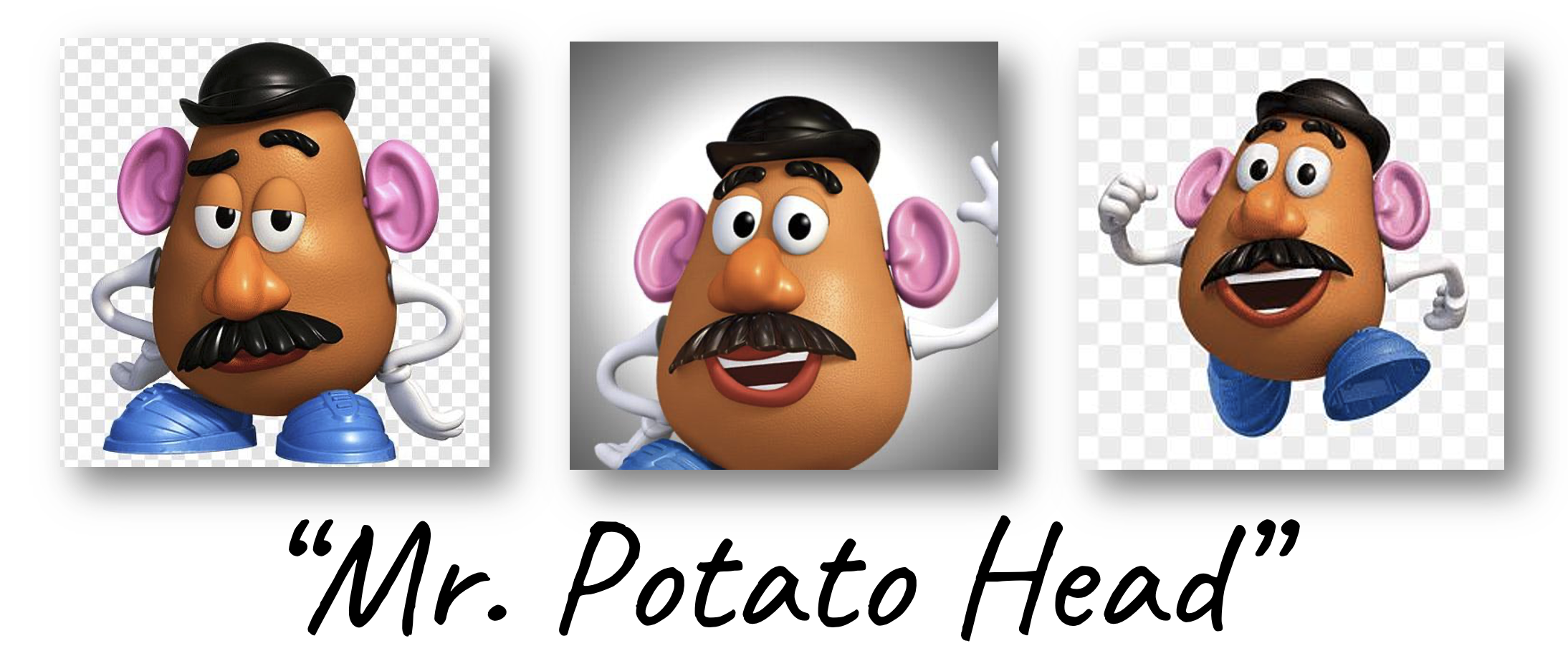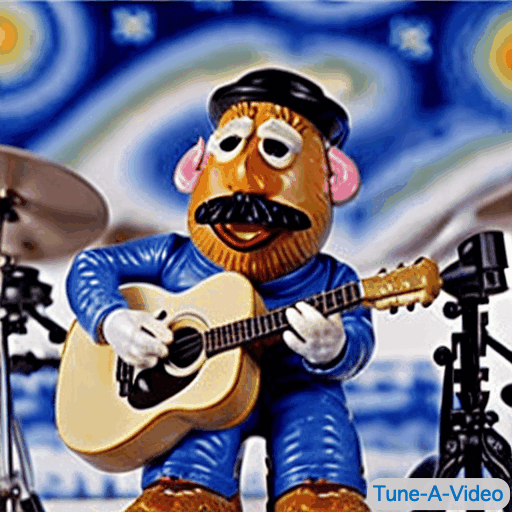Tune-A-Video
This repository is the official implementation of Tune-A-Video.
Tune-A-Video: One-Shot Tuning of Image Diffusion Models for Text-to-Video Generation
Jay Zhangjie Wu,
Yixiao Ge,
Xintao Wang,
Stan Weixian Lei,
Yuchao Gu,
Yufei Shi,
Wynne Hsu,
Ying Shan,
Xiaohu Qie,
Mike Zheng Shou

Given a video-text pair as input, our method, Tune-A-Video, fine-tunes a pre-trained text-to-image diffusion model for text-to-video generation.
News
🚨 Announcing LOVEU-TGVE: A CVPR competition for AI-based video editing! Submissions due Jun 5. Don't miss out! 🤩
- [02/22/2023] Improved consistency using DDIM inversion.
- [02/08/2023] Colab demo released!
- [02/03/2023] Pre-trained Tune-A-Video models are available on Hugging Face Library!
- [01/28/2023] New Feature: tune a video on personalized DreamBooth models.
- [01/28/2023] Code released!
Setup
Requirements
pip install -r requirements.txtInstalling xformers is highly recommended for more efficiency and speed on GPUs.
To enable xformers, set enable_xformers_memory_efficient_attention=True (default).
Weights
[Stable Diffusion] Stable Diffusion is a latent text-to-image diffusion model capable of generating photo-realistic images given any text input. The pre-trained Stable Diffusion models can be downloaded from Hugging Face (e.g., Stable Diffusion v1-4, v2-1). You can also use fine-tuned Stable Diffusion models trained on different styles (e.g, Modern Disney, Anything V4.0, Redshift, etc.).
[DreamBooth] DreamBooth is a method to personalize text-to-image models like Stable Diffusion given just a few images (3~5 images) of a subject. Tuning a video on DreamBooth models allows personalized text-to-video generation of a specific subject. There are some public DreamBooth models available on Hugging Face (e.g., mr-potato-head). You can also train your own DreamBooth model following this training example.
Usage
Training
To fine-tune the text-to-image diffusion models for text-to-video generation, run this command:
accelerate launch train_tuneavideo.py --config="configs/man-skiing.yaml"Note: Tuning a 24-frame video usually takes 300~500 steps, about 10~15 minutes using one A100 GPU.
Reduce n_sample_frames if your GPU memory is limited.
Inference
Once the training is done, run inference:
from tuneavideo.pipelines.pipeline_tuneavideo import TuneAVideoPipeline
from tuneavideo.models.unet import UNet3DConditionModel
from tuneavideo.util import save_videos_grid
import torch
pretrained_model_path = "./checkpoints/stable-diffusion-v1-4"
my_model_path = "./outputs/man-skiing"
unet = UNet3DConditionModel.from_pretrained(my_model_path, subfolder='unet', torch_dtype=torch.float16).to('cuda')
pipe = TuneAVideoPipeline.from_pretrained(pretrained_model_path, unet=unet, torch_dtype=torch.float16).to("cuda")
pipe.enable_xformers_memory_efficient_attention()
pipe.enable_vae_slicing()
prompt = "spider man is skiing"
ddim_inv_latent = torch.load(f"{my_model_path}/inv_latents/ddim_latent-500.pt").to(torch.float16)
video = pipe(prompt, latents=ddim_inv_latent, video_length=24, height=512, width=512, num_inference_steps=50, guidance_scale=12.5).videos
save_videos_grid(video, f"./{prompt}.gif")Results
Pretrained T2I (Stable Diffusion)
Pretrained T2I (personalized DreamBooth)
Citation
If you make use of our work, please cite our paper.
@article{wu2022tuneavideo,
title={Tune-A-Video: One-Shot Tuning of Image Diffusion Models for Text-to-Video Generation},
author={Wu, Jay Zhangjie and Ge, Yixiao and Wang, Xintao and Lei, Stan Weixian and Gu, Yuchao and Hsu, Wynne and Shan, Ying and Qie, Xiaohu and Shou, Mike Zheng},
journal={arXiv preprint arXiv:2212.11565},
year={2022}
}Shoutouts
- This code builds on diffusers. Thanks for open-sourcing!
- Thanks hysts for the awesome gradio demo.



